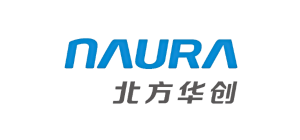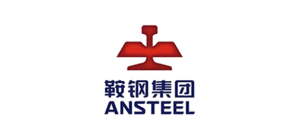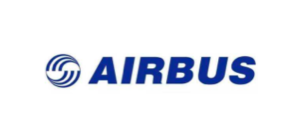AI automatic marking system is a system that uses artificial intelligence and big data technology to realize automatic marking and evaluation of exam papers and assignments. It can learn and analyze a large number of text data, establish a corresponding language model and assessment criteria, and then automatically identify and grade students' homework. This technology can not only improve teachers' work efficiency and reduce their workload, but also provide students with more timely and accurate feedback, helping them to better master knowledge and skills.
The realization of AI automatic marking system mainly relies on several key technologies, including big data technology, image recognition technology, handwriting recognition technology, deep learning technology and so on. Through the application of these technologies, the system can quickly correct and evaluate students' homework, and has the advantages of high efficiency, accuracy and fairness. In addition, some advanced AI automatic marking systems can also achieve mark marking, retain marking traces, so that students clearly understand their shortcomings.
In specific applications, the AI automatic marking system can be customized and optimized according to different needs and scenarios. For example, in primary and secondary education, the intelligent teaching Saas platform for primary and secondary education can be used to achieve automatic correction of objective questions and online evaluation of subjective questions. This system can greatly reduce the workload of teachers, improve the efficiency of marking, and also provide personalized learning feedback and suggestions for students.
While AI automatic marking systems have many advantages, there are also some challenges and limitations. For example, for some complex texts or domain-specific knowledge, the system's ability to identify and evaluate may need to be improved. In addition, students' privacy and data security need to be protected. Therefore, when using AI automatic marking system, it is necessary to comprehensively consider its advantages and disadvantages, and select and optimize it in combination with specific application scenarios and needs.
























